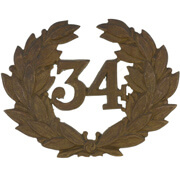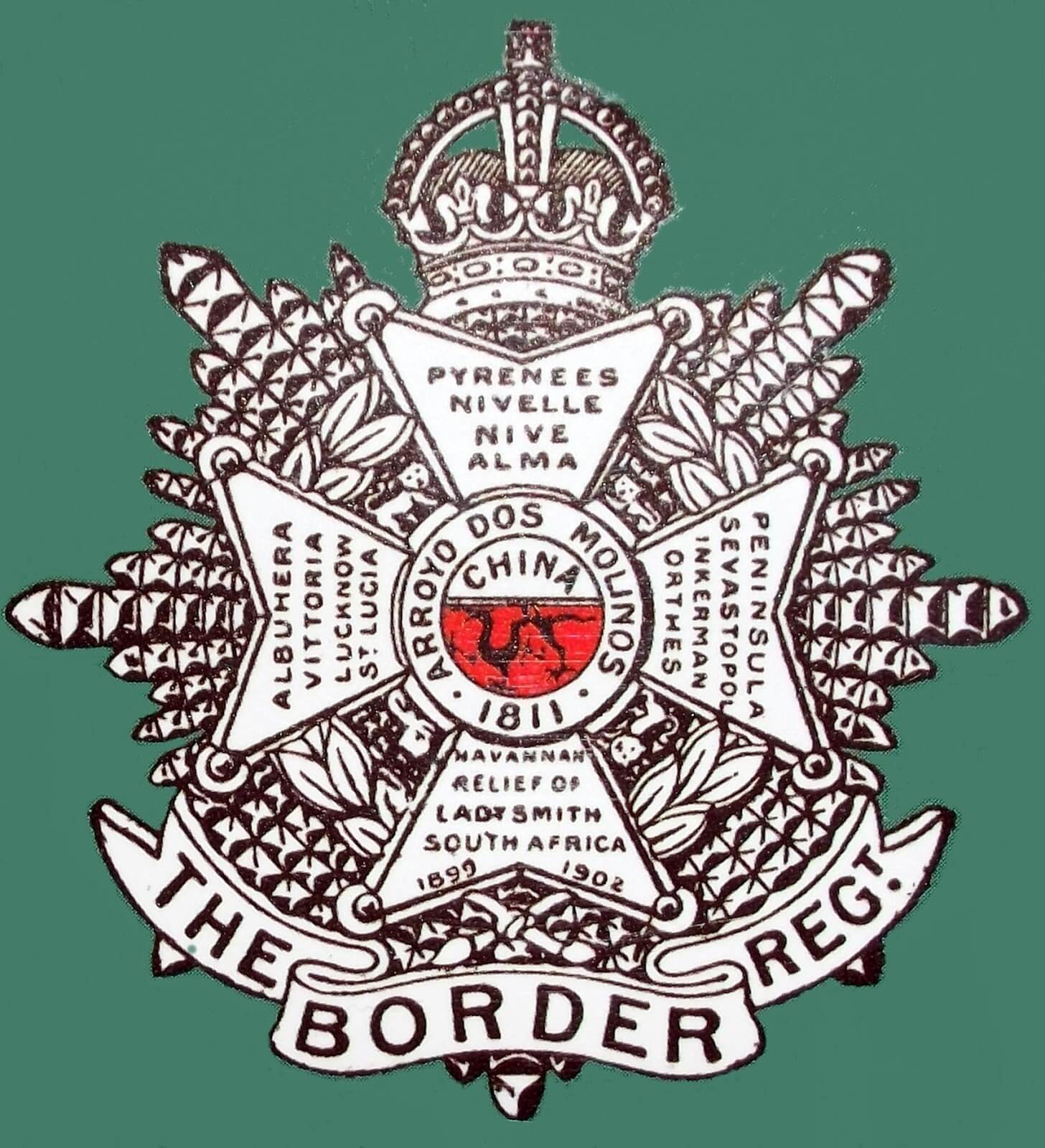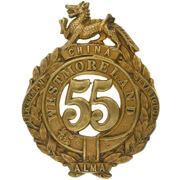


Originally raised in East Anglia in 1702 by Lord Lucas, less than a year after the outbreak of the War of the Spanish Succession (1701-14). It was sent to Spain in 1705 and Flanders in 1710, serving as marines in the interim.
The regiment was disbanded in 1713, but re-formed two years later, remaining at the same position within the British Army’s order of precedence. The re-formed regiment’s first deployments were to attack the Spanish coast, besiege Gibraltar and garrison Ireland. However, in 1740 they were embarked for an expedition against Spanish territories in the West Indies, where
It fought in Cartagena, Dominica, Jamaica and Cuba before being recalled to Britain in 1742. It was granted a laurel wreath on its Colours for covering the retreat of the British forces during the defeat at Fontenoy (1745) and thereafter, saw action in Scotland against the Second Jacobite Rebellion (1745-46). It remained in Scotland for three years before moving on to garrison the new British territory of Minorca in 1752. It was also given the numeral 34 in 1751.
The regiment spent 1758 raiding the French coast, before taking part in the capture of Havana on Cuba in 1762. The Regiment returned to Ireland in 1767 and then began its first posting to Canada. It remained there throughout the American War of Independence (1775-83), before returning to Britain during 1786. Whilst overseas in 1782, the regiment was also first given its territorial association with Cumberland.
In 1796 it was sent to the West Indies once again and from there to South Africa in 1800. During 1802 it was moved to India, there spending 17 years fighting in the Third Maratha War (1817-18).
In 1805 the regiment’s troops in India became 1st Battalion when the regiment raised a 2nd Battalion in Kent. The new battalion was made up of militia volunteers from Kent, Yorkshire, Lancashire and Lincolnshire, being deployed to northern Germany less than a year after its formation.
However, the 2nd Battalion is best known for its service in the Peninsula War (1808-14) from 1809 onwards. Notably at Arroyo dos Molinos in 1811, where it fought and captured a whole battalion of the French 34th Regiment (having held a long harboured ambition to take on their opposite number) and taking as a prize that Regiments drums and also (after a tustle between the Drum-Major and Sergeant Moses Simpson of the 34th's Grenadier Company), the french Drum-Major's Staff. Included in the haul was the French grenadier company drum, the shell of which is emblazoned with three grenadier ‘ball and flame’. These magnificent trophies of war, had originally been presented to the 34e Regiment d'Infanterie de Ligne by none other than Napoleon himself, when the french Regiment was founded in 1796. From then forward, the Regiment assumed their defeated counterparts regimental march as its own, with the victory making the 34th Foot the only British Regiment to win Arroyo dos Molinos as a battle honour. The drums and the Drum-Majors Staff can be seen on display in The Border Regiment museum at Carlisle Castle, which can be accessed via a short RIDE along the cycle paths.
After the Battle of Arroyo dos Molinos, the 2nd Battalion fought its way up through Spain and southern France before embarking at Bordeaux for Ireland in July 1814. It remained there for three years before being disbanded in 1817.
From 1823 to 1829 the regiment was stationed in Britain and Ireland, at the end of which time it returned to Canada and faced the Upper Canada Rebellion during its 13-year spell there. Another short period in Britain and Ireland followed, before the regiment was deployed in 1845 to garrison the Ionian Islands.
It was then deployed to the West Indies again in 1848, returning to the Ionian Islands in 1854 and then to the Crimea the following year, fighting at Sevastopol. In 1857 it was sent out from Britain to India during the Indian Mutiny (1857-59) and stayed there for 10 years.
An eight-year term in Britain and Ireland followed, before the regiment was returned to India in 1875. It was still stationed there in 1881, whereupon it was merged with the 55th Regiment of Foot to form The Border Regiment.
The Museum of Military Life within Carlisle Castle has many of the regiments artifacts in it's collection - Don't miss viewing the the Castle from Bitts Park and from Rickerby Park, particularly Stanwix Bank above the River Eden, which is easy to reach by bicycle BOOK HERE
